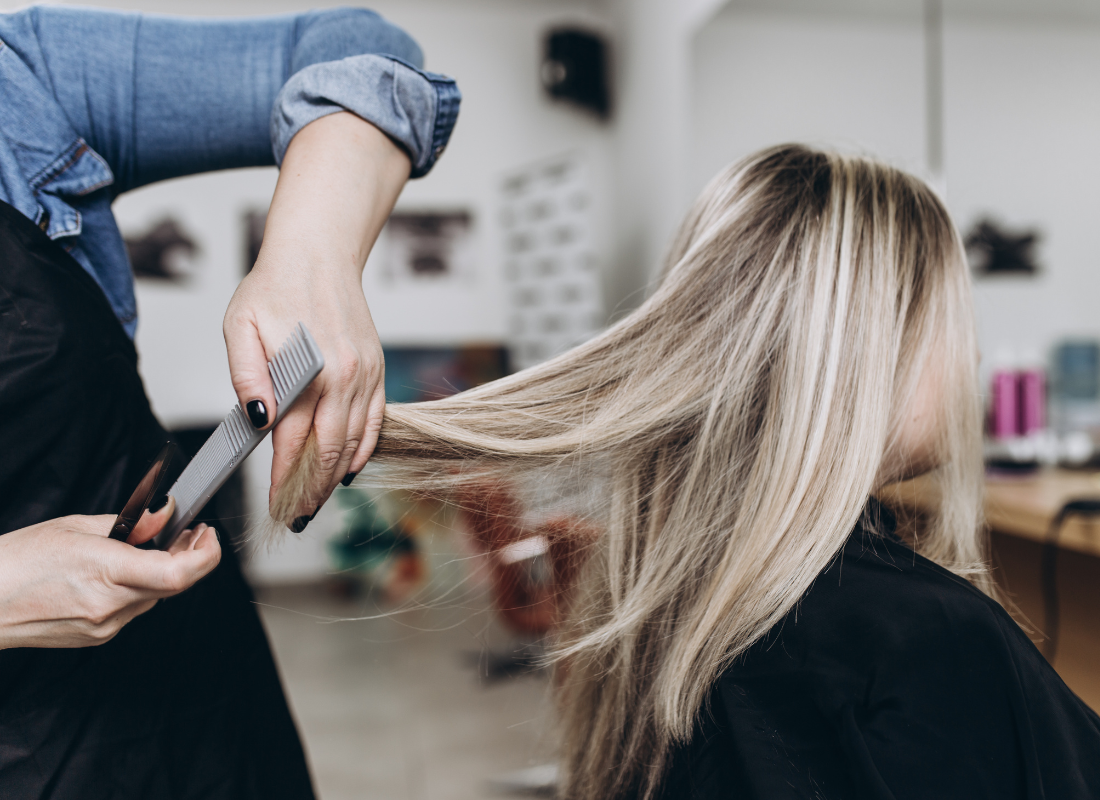
Zero-Waste Hairdressing Salons: Revolutionizing the Beauty Industry
In an era where environmental awareness is increasingly becoming a central concern, businesses across various sectors are finding innovative ways to reduce their ecological footprint.
One surprising area where sustainability is gaining significant momentum is the beauty industry, particularly hairdressing salons. Zero-waste hairdressing salons are emerging as a transformative trend, reshaping the way salons operate while addressing critical environmental challenges such as waste generation and resource depletion.
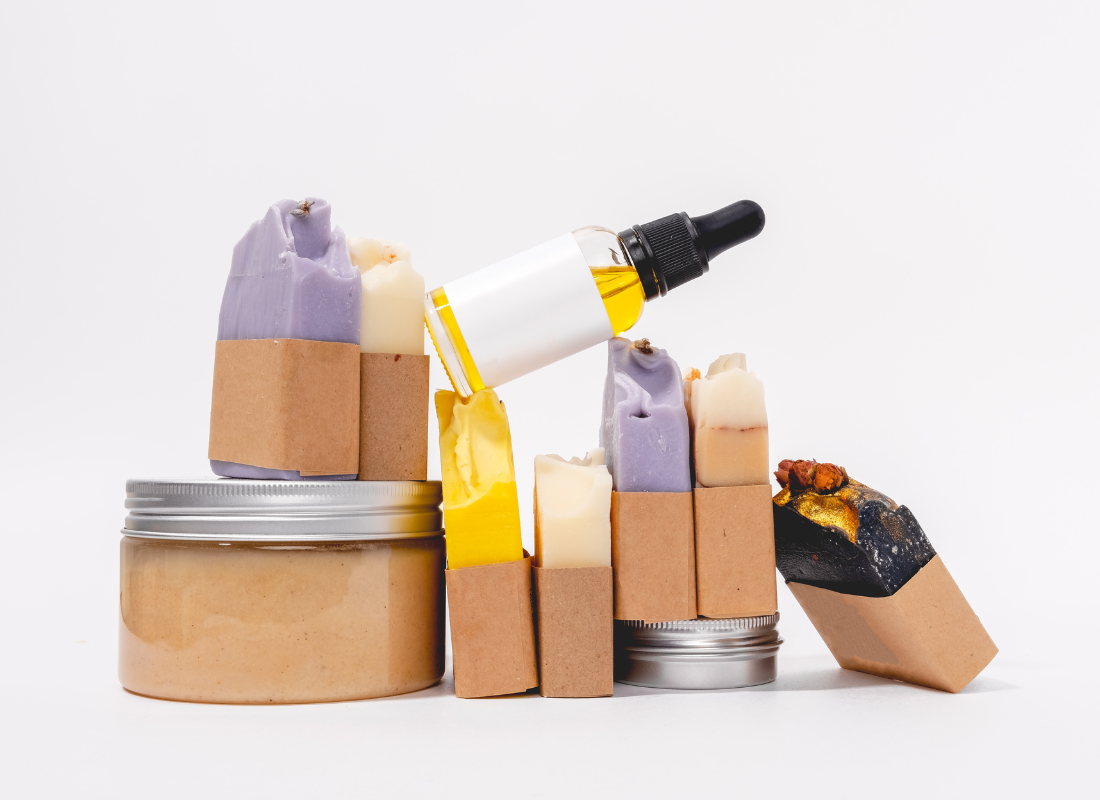
The Environmental Impact of Traditional Hairdressing
The environmental impact of traditional hairdressing practices cannot be overlooked. Many salons rely on single-use items like plastic capes, gloves, and foils, which contribute to an overwhelming amount of non-biodegradable waste.
Additionally, the use of chemical-laden products, from hair dyes to bleaching agents, creates pollution when these substances enter water systems after rinsing, posing a threat to aquatic life.
Energy and water consumption are other significant concerns; washing hair, conditioning, and styling often require liters of water and substantial energy to power heat-based tools. Moreover, the packaging for hair products, typically made of non-recyclable plastic, exacerbates the global waste crisis. These factors collectively make the traditional hairdressing model unsustainable in an increasingly eco-conscious world.
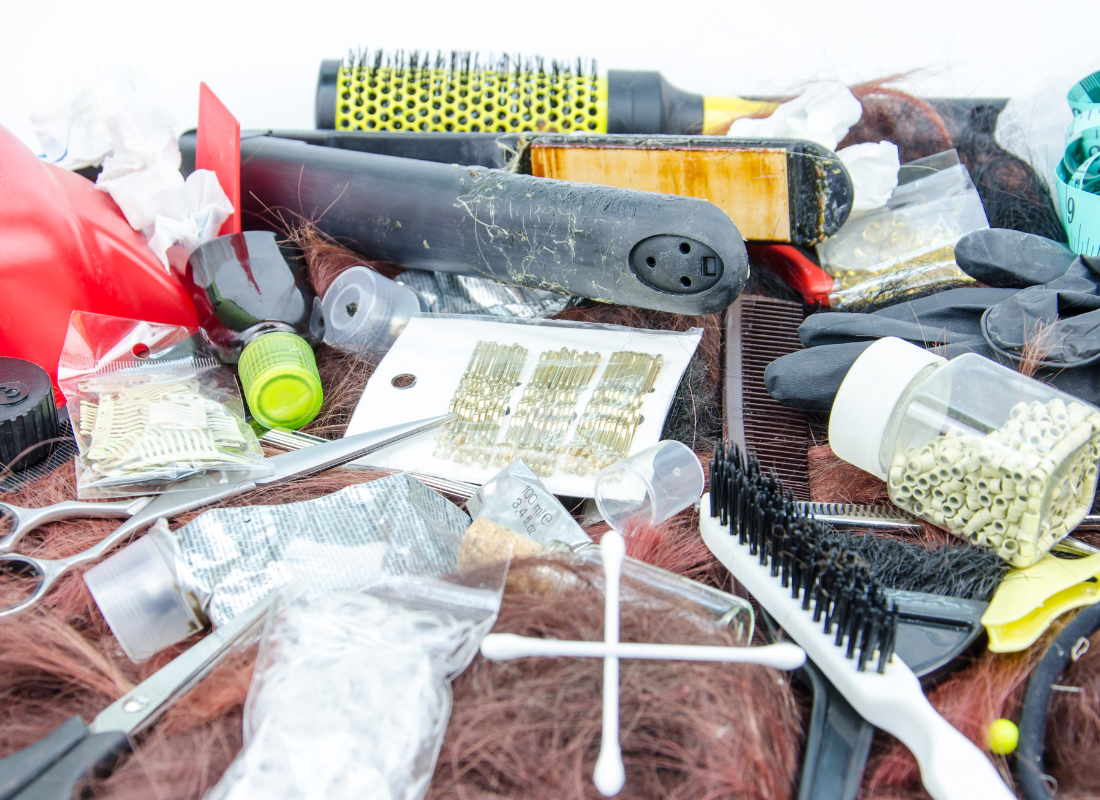
What Is a Zero-Waste Hairdressing Salon?
In response to these challenges, zero-waste hairdressing salons have emerged as a sustainable alternative. These salons aim to eliminate or significantly reduce waste through innovative practices and by rethinking every aspect of their operations. For instance, many zero-waste salons prioritize the use of biodegradable or refillable products and collaborate with brands that champion sustainability.
Reusable or compostable materials are favored over single-use items, while hair clippings are repurposed for eco-friendly applications such as oil spill cleanup or gardening. To conserve resources, these salons often install water-efficient showerheads and rely on energy-saving appliances, with some even adopting renewable energy sources like solar power.
A key aspect of zero-waste hairdressing is the meticulous separation of waste streams to ensure responsible disposal. Aluminum foils used for hair coloring are replaced with reusable alternatives, while towels and capes are washed and reused rather than discarded.
Education plays a pivotal role in these salons, as they actively engage clients in understanding the importance of sustainability, encouraging them to adopt eco-friendly hair care practices at home.
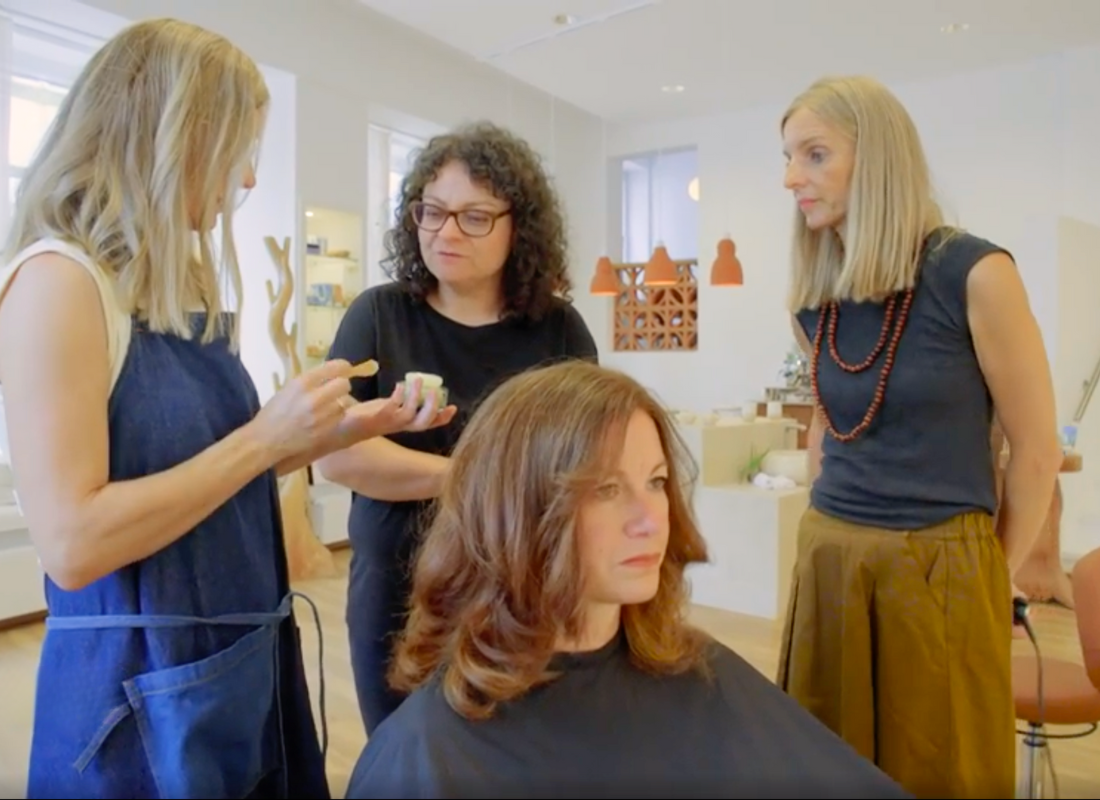 (Source: https://www.zdf.de/nachrichten/panorama/zero-waste-friseur-nachhaltigkeit-100.html)
(Source: https://www.zdf.de/nachrichten/panorama/zero-waste-friseur-nachhaltigkeit-100.html)
Benefits of Zero-Waste Hairdressing Salons
The benefits of zero-waste hairdressing salons are multifaceted. Environmentally, they contribute to cleaner ecosystems by reducing waste and minimizing chemical pollution. Economically, these practices often result in cost savings over time, as reusable items and energy-efficient systems help lower operational expenses.
From a business perspective, embracing sustainability enhances customer loyalty, particularly among the growing demographic of eco-conscious consumers who prefer to support environmentally responsible establishments.
Furthermore, zero-waste initiatives inspire innovation across the beauty industry, pushing manufacturers to create more sustainable products and solutions. The brand image of salons also improves, as they are seen as socially responsible businesses making meaningful contributions to environmental preservation.
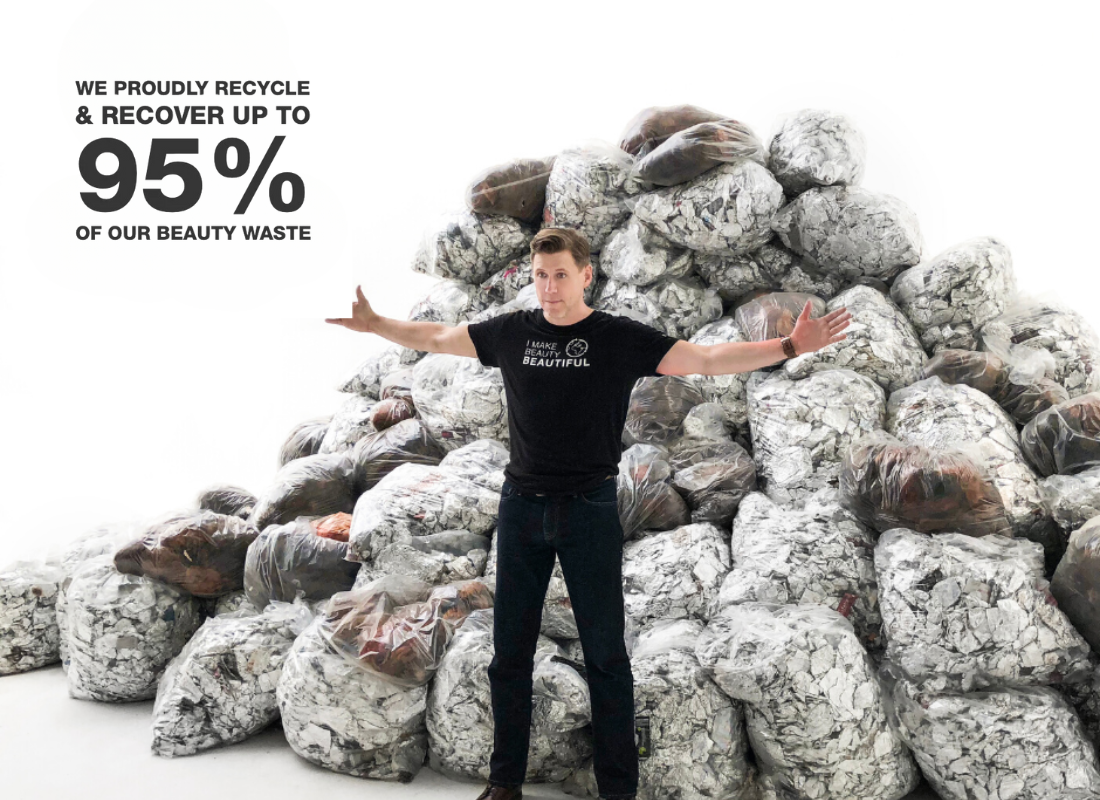 (Source: https://greencirclesalons.com/impact/)
(Source: https://greencirclesalons.com/impact/)
Challenges in Implementing Zero-Waste Practices
However, the transition to a zero-waste model is not without challenges. For many salons, the initial investment in sustainable equipment, products, and staff training can be daunting.
The availability of eco-friendly hair care products is still limited in certain regions, and maintaining sustainable practices, such as sorting waste or managing reusable materials, can be labor-intensive. Clients may also need time and education to fully embrace the changes, such as using refillable packaging or adopting eco-conscious habits at home.
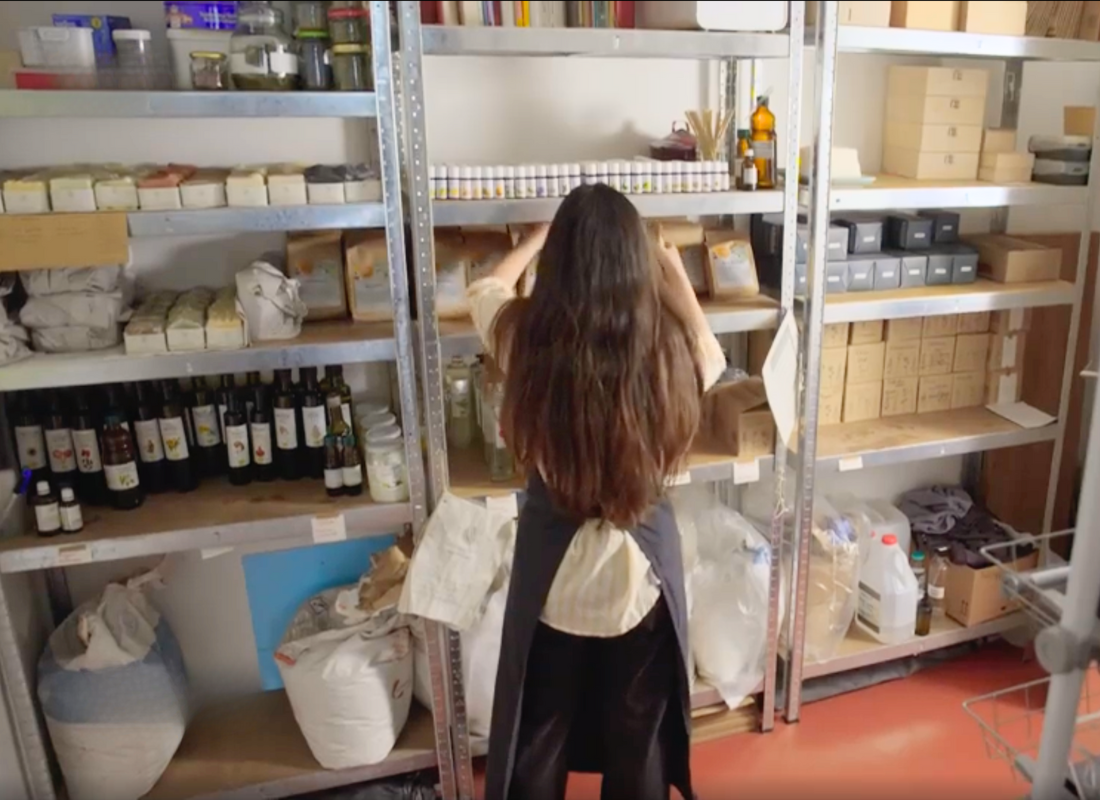 (Source: https://www.zdf.de/nachrichten/panorama/zero-waste-friseur-nachhaltigkeit-100.html)
(Source: https://www.zdf.de/nachrichten/panorama/zero-waste-friseur-nachhaltigkeit-100.html)
Notable Examples of Zero-Waste Hair Salons
Despite these obstacles, many salons around the world are leading the way with zero-waste initiatives. For example, Green Circle Salons in North America certifies and supports environmentally conscious hairdressers, offering programs to recycle materials and repurpose hair clippings.
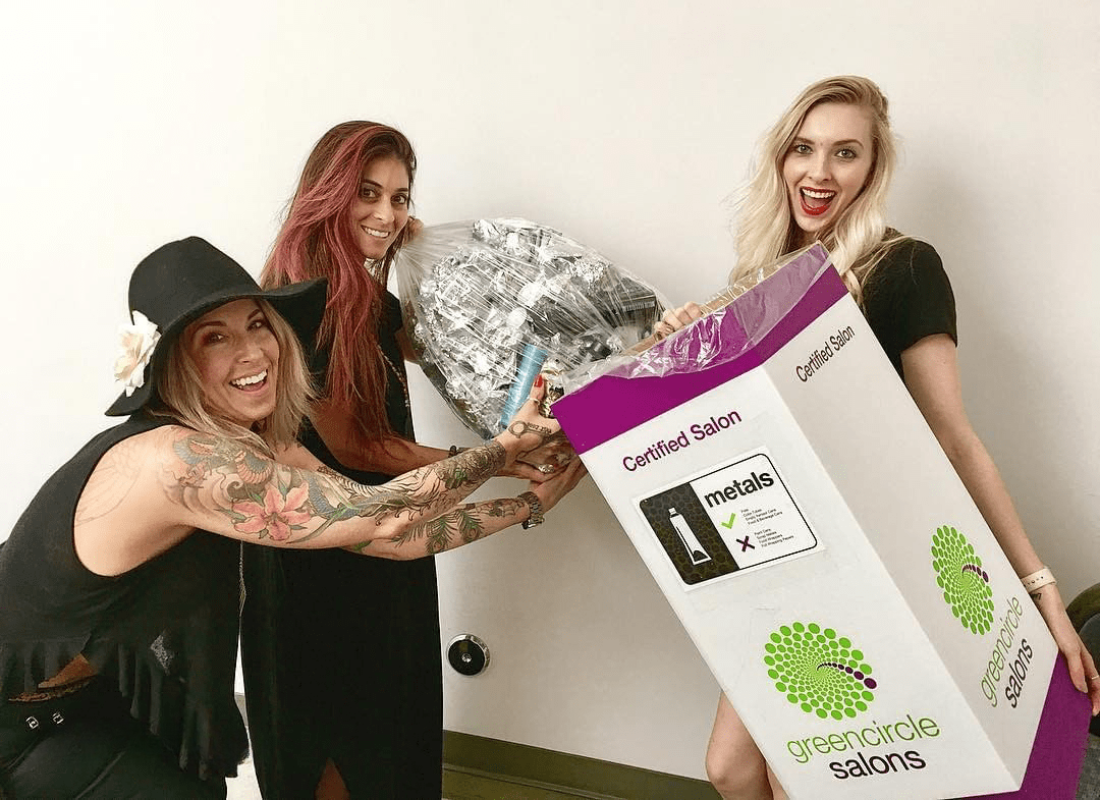 (Source: https://greencirclesalons.com/impact/)
(Source: https://greencirclesalons.com/impact/)
In Australia, Conscious Curls focuses on organic and vegan hair care products, composting hair waste, and eliminating single-use plastics.
The Hive in the United Kingdom exemplifies zero-waste principles by using renewable energy, sustainable furniture, and natural hair care products. These pioneers demonstrate that with creativity, dedication, and community support, a sustainable approach to hairdressing is not only achievable but also rewarding.
 (Source: https://www.fresha.com/de/a/hive-hair-salon-leeds-uk-88-otley-road-amchh98b#modal-gallery)
(Source: https://www.fresha.com/de/a/hive-hair-salon-leeds-uk-88-otley-road-amchh98b#modal-gallery)
How Customers Can Support Zero-Waste Hairdressing
Clients also have a role to play in supporting the zero-waste movement in hairdressing. Choosing salons that prioritize sustainability, bringing reusable items, and adopting eco-friendly hair care routines at home are all ways customers can contribute. Sharing positive experiences with zero-waste salons can further raise awareness and encourage others to make environmentally conscious choices.

The Future of Zero-Waste Hairdressing
As environmental concerns grow more urgent, the zero-waste movement in the hairdressing industry is poised for expansion. Technological advancements, such as biodegradable foils and waterless hair washing techniques, hold the promise of making sustainable practices more accessible. Supportive government policies and incentives for green businesses could further accelerate the adoption of eco-friendly initiatives.
Ultimately, the rise of zero-waste hairdressing salons marks a significant step toward a more sustainable future. These salons prove that beauty and environmental stewardship can coexist, benefiting both the planet and the industry itself.
By choosing sustainability, hairdressers are not just transforming their own practices but also inspiring a broader cultural shift toward more responsible consumption and business operations. The future of hairdressing is not only about enhancing personal appearance but also about fostering a healthier, more sustainable world for generations to come.
 (Source: https://greencirclesalons.com/impact/)
(Source: https://greencirclesalons.com/impact/)



